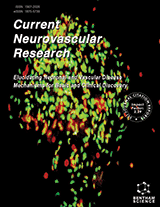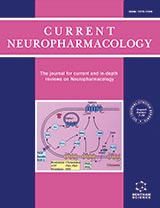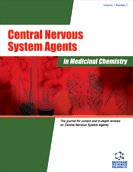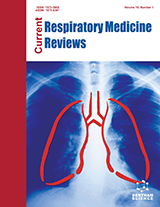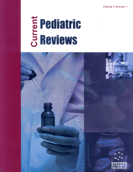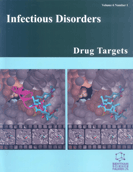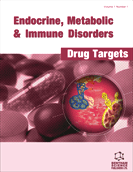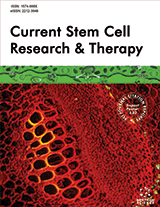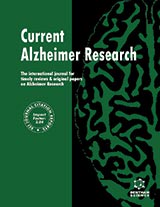Abstract
We compared the efficacy of intravenous (IV) combination of low-dose tissue plasminogen activator (tPA) and urokinase (UK) versus either classical IV tPA or UK alone for acute ischemic stroke (AIS) within 4.5 h of symptom onset. One-hundred fifty-three AIS patients were treated with 1 of 3 different IV thrombolytic therapies within a 4.5-h time window. Clinical data included age, gender, type of therapy, NIHSS score, time from onset to needle, ASPECTS, mRS at 90 days, and medical history. The outcomes were ΔNIHSS-a (the difference between NIHSS scores at admission and 24 h); ΔNIHSS-b (difference between NIHSS scores at admission and 7 days), and mRS at 90 days. Multivariate logistic regression (MLR) was used to determine if treatments or other variables could predict these outcomes. Of 153 patients, 60.1% had a good outcome and 39.9% had a poor outcome. The most important predictors of 90-day mRS were AF history (p < 0.001) and NIHSS score at admission (p = 0.001). Age (p = 0.004) and treatment type (p = 0.043) that were also significantly associated with 90-day mRS. IV tPA yielded the best outcome, compared to low-dose tPA/UK (OR = 1.17) and UK alone (OR = 1.42). Low-dose tPA/UK also resulted in better outcome than UK alone did (OR = 1.12). We conclude that low-dose IV tPA with UK administered within a 4.5-h time window was effective and likely comparable to classical IV tPA thrombolysis.
Keywords: Outcome, Stroke, Thrombolysis, Time window, Tissue-type plasminogen activator, Urokinase.


